How We Build
Building a sustainable future
Accelerating sustainable building
Harvard is accelerating sustainable building to address the climate crisis, enhance health, productivity, equity, and quality of life on campus – as well as for those in our value chain and their communities. Through sustainable design, construction, sourcing, and operation of our buildings and landscapes, the University helps to foster a flourishing community on campus, locally in Cambridge and Boston and globally.
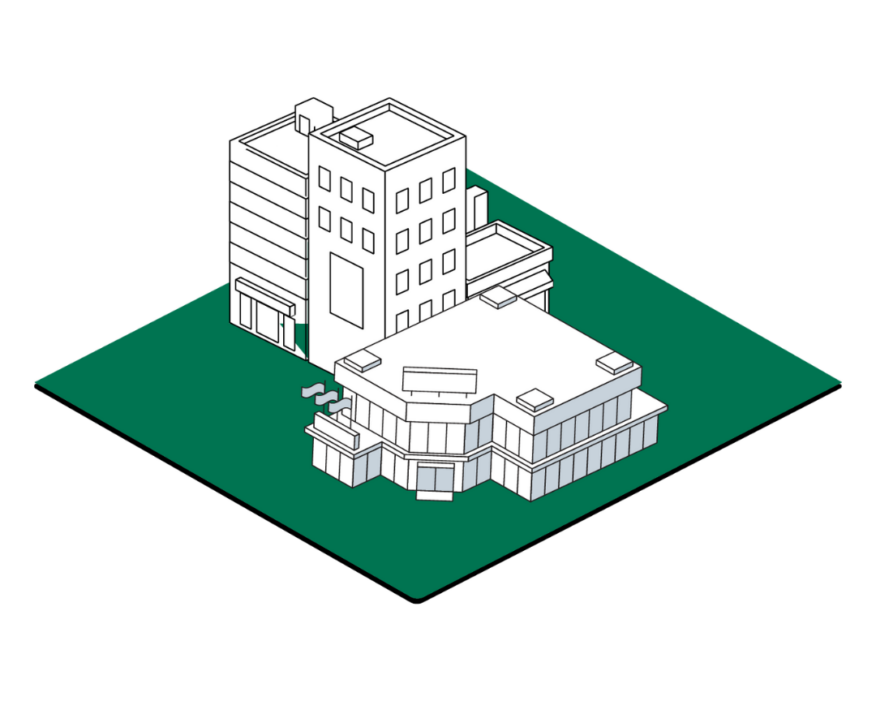
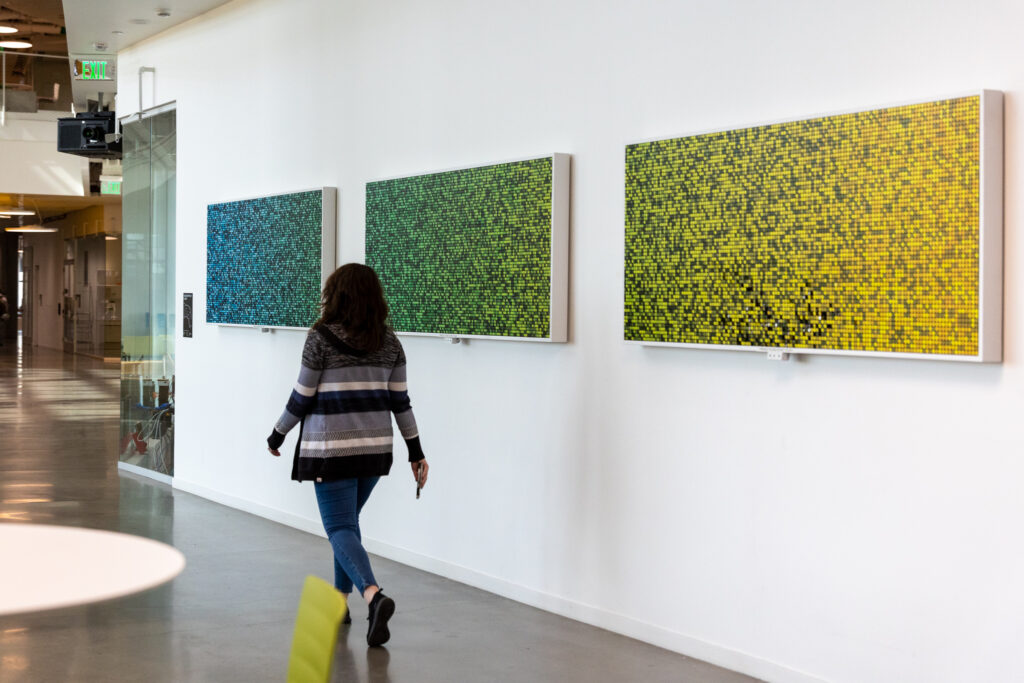
The built environment is ripe for innovation. Globally, buildings and the built environment accounted for more than one-third of all global energy-related carbon emissions in 2021.
At Harvard, heating, cooling, and powering buildings account for 97% of the University’s emissions (scopes 1 and 2). In addition to addressing our emissions, Harvard sees climate as inextricably linked to health and equity which is a key reason for our climate goals defined as fossil fuel free. Since we spend 90% of our time indoors, indoor air quality is crucial for human health and cognition and can play a leading role in reducing the transmission of disease.
Around 80,000 industrial chemicals are in use in the U.S., only a few of which are federally regulated. Building and construction materials often contain chemicals of concern that are linked with significant health risks – which is why Harvard launched the Harvard Healthier Building Academy in 2016.
Harvard Healthier Building Academy
The mission of the Harvard Healthier Building Academy (HHBA) is to design, build, and operate…
Harvard’s Sustainable Building Standards
Harvard’s Sustainable Building Standards incorporate holistic requirements for significant emissions reductions, better indoor air quality,…
Building Sustainably
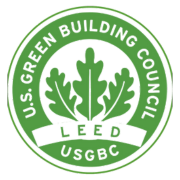
155 LEED-Certified Projects

2 Passive House Design Certified Projects

1 LBC-Certified Project
Sustainable Building Goals
- Advance and strengthen Harvard’s Sustainable Building Standards
- Continue removing harmful classes of chemicals, like PFAS, from Harvard’s value chain and incorporate new classes of chemicals of concern into our Sustainable Building Standards
- Advance equity and diversity in Harvard’s value chain
- Conduct a University-wide climate vulnerability study to mitigate risk and prepare for the future
- Continue to preserve and enhance campus open spaces and landscape elements
- Expand and sustainably manage the 7,700-tree inventory on campus
- Update energy and emissions targets for new construction and renovation projects in Harvard’s Sustainable Building Standards
- Invest in pilot projects to leverage the latest research and thinking
- Explore new financial models to drive innovation
Building Sustainably

20% lower embodied carbon in new construction
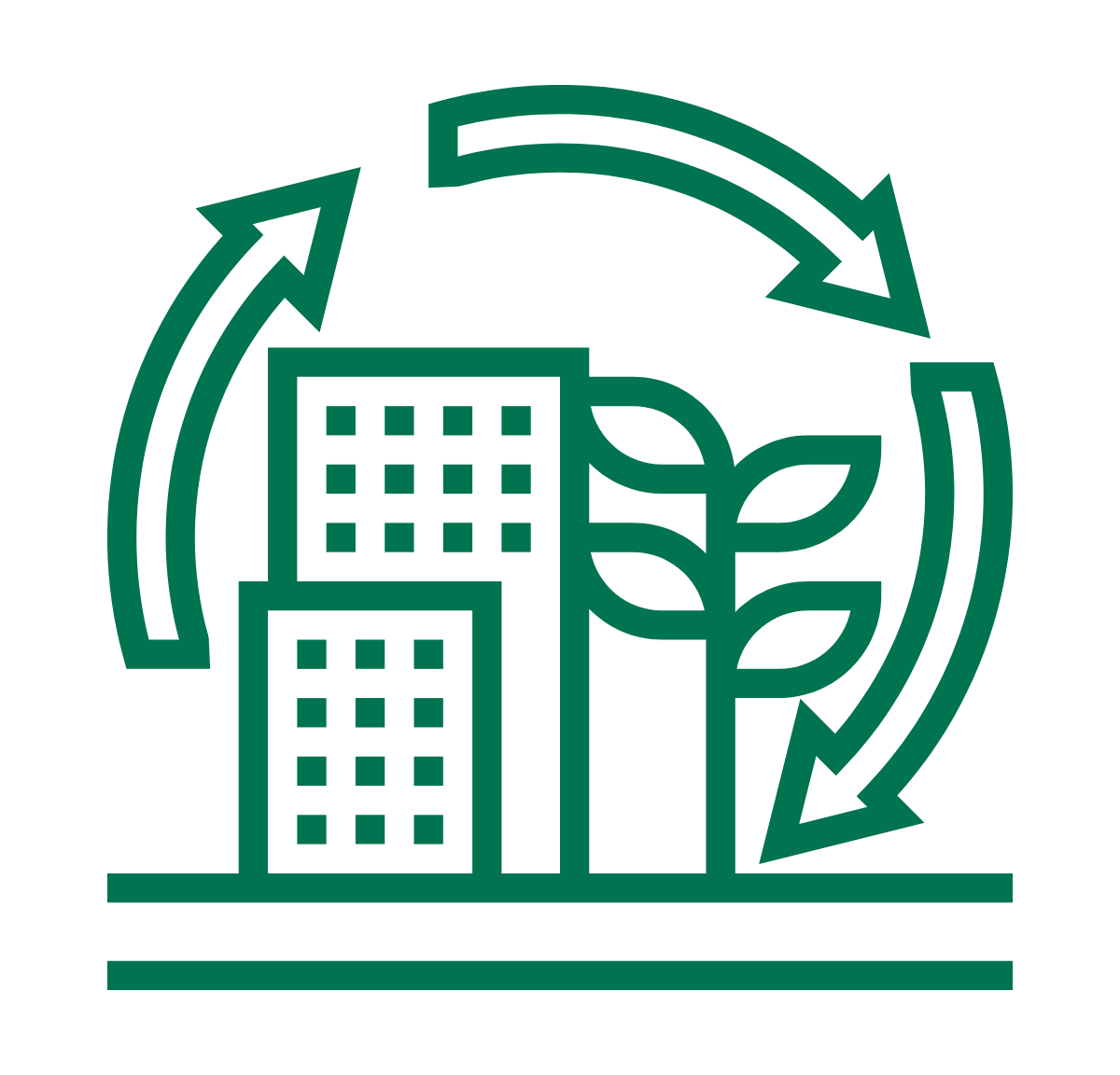
50+ capital projects, 5M+ sq. ft. of real estate

2 mass timber projects under construction
Reducing Embodied Carbon
Embodied carbon refers to the greenhouse gas emissions created by manufacturing, transportation, installation, maintenance, and disposal of building materials, such as concrete and steel. The University is taking action to mitigate embodied carbon, while avoiding unintended consequences that negatively impact health and equity.
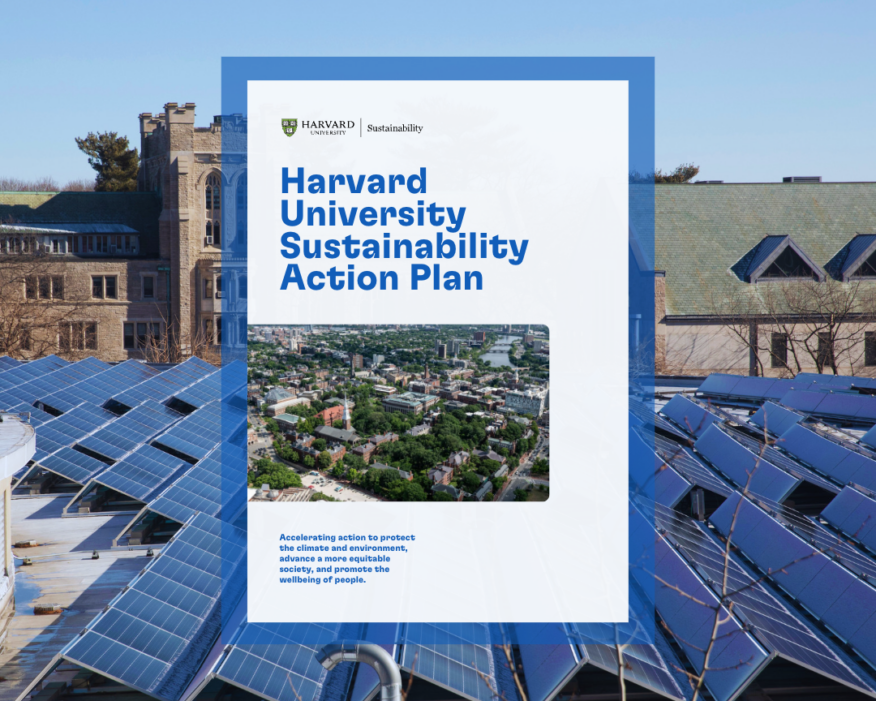
Sustainable Building